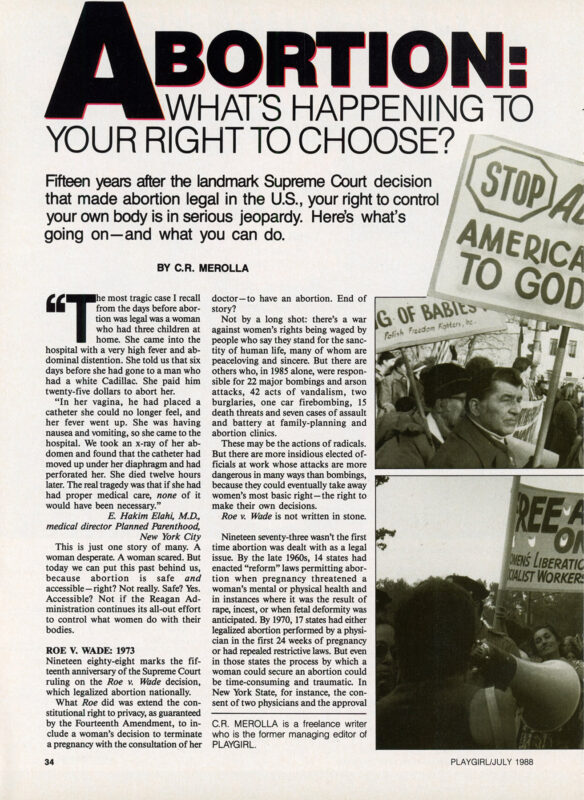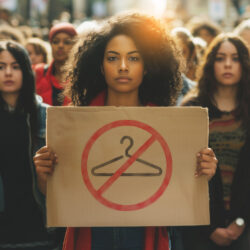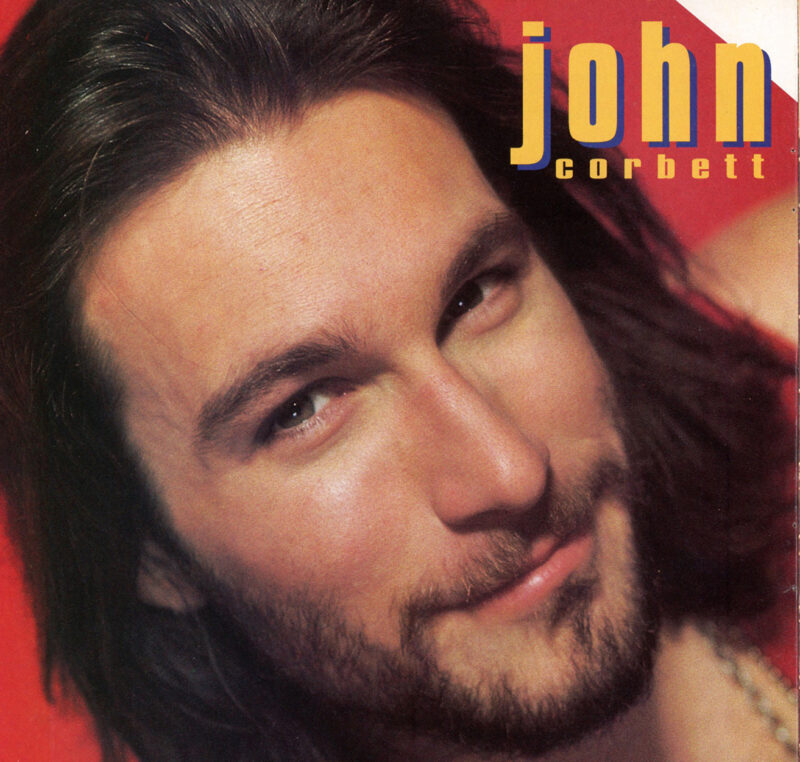The most tragic case I recall from the days before abortion was legal was a woman who had three children at home. She came into the hospital with a very high fever and abdominal distention. She told us that six days before she had gone to a man who had a white Cadillac. She paid him twenty-five dollars to abort her.
“In her vagina, he had placed a catheter she could no longer feel, and her fever went up. She was having nausea and vomiting, so she came to the hospital. We took an x-ray of her abdomen and found that the catheter had moved up under her diaphragm and had perforated her. She died twelve hours later. The real tragedy was that if she had had proper medical care, none of it would have been necessary.” E. Hakim Elahi, M.D., medical director Planned Parenthood, New York City. This is just one story of many. A woman desperate. A woman scared. But today we can put this past behind us, because abortion is safe and accessible—right? Not really. Safe? Yes. Accessible? Not if the Reagan Administration continues its all-out effort to control what women do with their bodies.
ROE V. WADE: 1973
Nineteen eighty-eight marks the fifteenth anniversary of the Supreme Court ruling on the Roe v. Wade decision, which legalized abortion nationally.
What Roe did was extend the constitutional right to privacy, as guaranteed by the Fourteenth Amendment, to include a woman’s decision to terminate a pregnancy with the consultation of her doctor—to have an abortion. End of story?
Not by a long shot: there’s a war against women’s rights being waged by people who say they stand for the sanctity of human life, many of whom are peace-loving and sincere. But there are others who, in 1985 alone, were responsible for 22 major bombings and arson attacks, 42 acts of vandalism, two burglaries, one car firebombing, 15 death threats and seven cases of assault and battery at family-planning and abortion clinics.
These may be the actions of radicals. But there are more insidious elected officials at work whose attacks are more dangerous in many ways than bombings, because they could eventually take away women’s most basic right—the right to make their own decisions.
Roe v. Wade is not written in stone.
Nineteen seventy-three wasn’t the first-time abortion was dealt with as a legal issue. By the late 1960s, 14 states had enacted “reform” laws permitting abortion when pregnancy threatened a woman’s mental or physical health and in instances where it was the result of rape, incest, or when fetal deformity was anticipated. By 1970, 17 states had either legalized abortion performed by a physician in the first 24 weeks of pregnancy or had repealed restrictive laws. But even in those states the process by which a woman could secure an abortion could be time-consuming and traumatic. In New York State, for instance, the consent of two physicians and the approval of a hospital committee was required. So, women often sought out “back alley” abortionists, and only after they were sick or dying, did they return to the hospital. Illegal abortions had become a major cause of pregnancy-related deaths, and many doctors and lawmakers were convinced that accessible, legal abortion would be safer.
“The real women who were victimized by abortions [before 1973] or who were forced to carry to term were teenagers and low-income women,” says Alfred Moran, executive director of Planned Parenthood of New York City.
“Most middle or high-income women were able to travel to countries where abortions were available, or they went to a safe but illegal abortion site in the U.S.”
The 1973 Roe v. Wade decision said that the state may not interfere with the termination of a pregnancy in any way during the first trimester (12 weeks). In the second trimester, the state may restrict abortion only to protect the woman’s health. After viability (the stage during the third trimester when a developing fetus could survive outside the womb), the state may prohibit abortion, but not when carrying to term would endanger the woman’s life or health.
“What the Supreme Court was doing in 1973,” says Moran, “was following the precedent set by the 17 states. It reflected the civil rights movement, the women’s movement, and most certainly reflected the concept of an evolution with respect to abortion as a personal and private decision. And it also recognized that in this society, we had come past the point where you could compel a woman to carry a child to term.”
Roe gave women the chance to decide not only if she would have children, but also when she would have children. After all, how can a woman be effective socially and economically if she cannot be effective in her own life?
“The Roe v. Wade decision is certainly one of the most significant hallmarks of the women’s movement,” says Senator Bob Packwood (R-Oregon), a staunch supporter of women’s rights and of pro-choice forces. “It put reproductive freedom within the spectrum of constitutional rights and social equality.”
But Roe v. Wade was only Round One.

YOUR RIGHTS UNDER FIRE
In 1983, the U.S. Senate voted on a human life amendment that would have declared human life to begin at conception, awarding full constitutional rights to the fetus and thereby overturning Roe. It was defeated.
In 1986, the Supreme Court revisited right-to-life ideology in Thornburgh v. American College of Obstetricians and Gynecologists (ACOG), striking down a Pennsylvania law that made abortions difficult to get by requiring physicians to perform unnecessarily extensive procedures. The decision reaffirmed Roe. End of story? Not yet—Pennsylvania is presently trying to redraft the law to make it more constitutional.
“The wild card,” says Moran, “is what the Supreme Court does now with newest justice Anthony Kennedy. He would not have been nominated by the president and by Attorney General Edwin Meese if they thought he was going to be on the ‘wrong’ side of the abortion issue. On the other hand, he is a candidate who has expressed a commitment to privacy in the Constitution and has demonstrated some concern for women’s issues.”
The National Family Planning Program (Title X) was created by Congress in 1970 to provide care for poor women and teenagers, women who are at high risk for poor-pregnancy outcome. Services were to include subsidized contraception, gynecological care, and in the event of unintended pregnancy, counseling on all options, including continuing the pregnancy and keeping the baby, putting the baby up for adoption, or abortion. (Abortion is always stressed as an option, not as a form of birth control.) Program funds could not be used for abortion services.
Congress will not allow any federal funds to be allocated for abortion services, but it has made no further attempts to pass a human life amendment or override the 1973 decision. Some pro-choice activists think this is a compromise they can live with; others feel their elected representatives are ignoring the will of most Americans.
Unfortunately, the government’s executive branch has been doing its best to subvert the legislative and judicial branches on this issue. President Reagan calls Roe “. . .an abuse of power worse than the transgression of Watergate and the bribery of Capitol Hill.” His administration has repeatedly, unsuccessfully tried to prove that funded clinics are using Title X funds for abortion services. Its latest act of aggression, put forward by the Department of Health and Human Services, was a plan to bar some 4,500 federally funded family-planning clinics from offering even abortion counseling, a clear violation of the constitutional right to freedom of speech…
Continue reading on PLAYGIRL+







